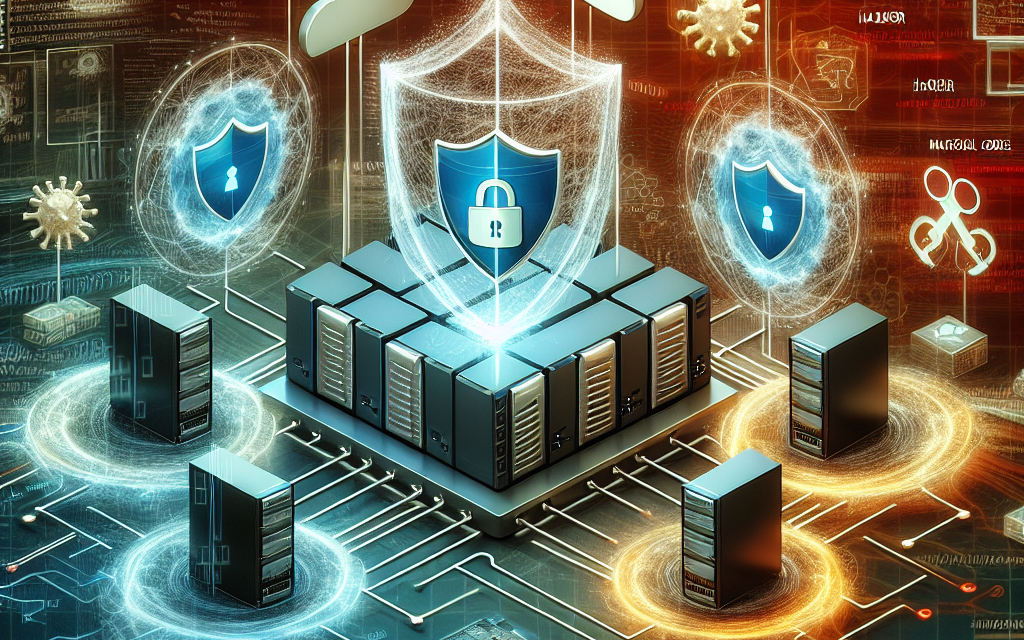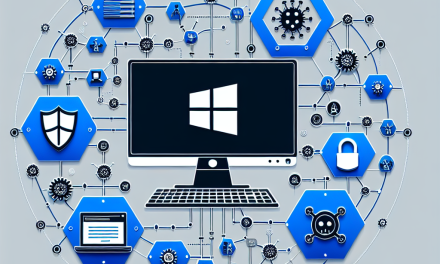Introduction
In an era where cyber threats are evolving rapidly, protecting your organization’s digital assets is more crucial than ever. Active Directory (AD) serves as the backbone of identity and access management for many organizations. As such, it is often targeted by cybercriminals looking to compromise sensitive data. This article explores effective strategies for securing Active Directory against modern cyber threats, with a focus on endpoint protection.
Understanding Modern Cyber Threats
Before diving into solutions, it’s essential to recognize the various cyber threats that pose risks to Active Directory:
- Phishing Attacks: Cybercriminals use deceptive emails to steal credentials.
- Ransomware: Malware that encrypts files until a ransom is paid.
- Credential Theft: Techniques like keylogging and pass-the-hash attacks target administrator credentials.
- Insider Threats: Employees misusing access for malicious purposes.
Importance of Endpoint Protection
Endpoints—such as workstations, laptops, and servers—are the primary entry points for cyber threats. Hence, securing these endpoints is critical in protecting your Active Directory. A robust endpoint protection strategy will include:
- Threat Detection: Monitoring for suspicious activities on endpoints.
- Preventive Measures: Implementing tools to stop threats before they cause damage.
- Incident Response: Rapidly reacting to incidents to minimize impact.
Strategies for Securing Active Directory
1. Implement Multi-Factor Authentication (MFA)
MFA adds an additional layer of security, making it significantly harder for attackers to gain unauthorized access. By requiring something you know (password) and something you have (e.g., smartphone authentication), ransacked credentials become less valuable.
2. Regularly Update and Patch Systems
Keeping all systems updated and patched reduces the attack surface. Ensure that operating systems, applications, and security tools are regularly updated to protect against known vulnerabilities.
3. Use Advanced Endpoint Protection Solutions
Deploy advanced endpoint protection software that employs machine learning and behavioral analysis to detect anomalies and respond to threats in real-time.
4. Limit Administrative Privileges
Minimize the number of accounts with administrative privileges. Use Role-Based Access Control (RBAC) to ensure users have only the access necessary for their roles.
5. Monitor and Audit Active Directory
Regular audits of AD configurations, user access, and permissions can help identify potentially risky or unnecessary privileges. Set up alerts for anomalous activities, such as unusual logins or privilege escalations.
6. Employ Endpoint Detection and Response (EDR)
EDR solutions provide continuous monitoring and incident response capabilities. They help detect malicious activities in real-time, allowing for immediate action to be taken before damage can occur.
7. Educate Employees
Conduct regular training sessions to inform employees about cybersecurity best practices, including recognizing phishing attempts and safe password practices.
8. Back Up Data Regularly
Ensure that backups are performed frequently, stored securely, and tested regularly. In case of a ransomware attack or data breach, having a clean backup can be a life-saver.
9. Use Network Segmentation
Implement network segmentation to limit the movement of attackers within your network. By isolating sensitive areas, you can make it more difficult for malicious actors to access critical systems.
10. Conduct a Security Assessment
Regularly conduct risk assessments to identify vulnerabilities and implement remediation strategies accordingly. Consider bringing in external security experts to perform penetration testing.
Conclusion
As cyber threats become increasingly sophisticated, protecting Active Directory must be a top priority for organizations. Robust endpoint protection strategies not only mitigate the risk of attacks but also help ensure compliance with industry standards and regulations. By implementing these best practices, organizations can bolster their defense against evolving cyber threats, safeguarding their data and maintaining business continuity.
About WafaTech
WafaTech is dedicated to providing cutting-edge insights and practical solutions in technology, cybersecurity, and IT management. Stay tuned for more articles that help you navigate the complexities of the digital age safely and effectively.
By adopting these strategies, organizations can secure their Active Directory environments and significantly reduce the risk of falling victim to modern cyber threats.





